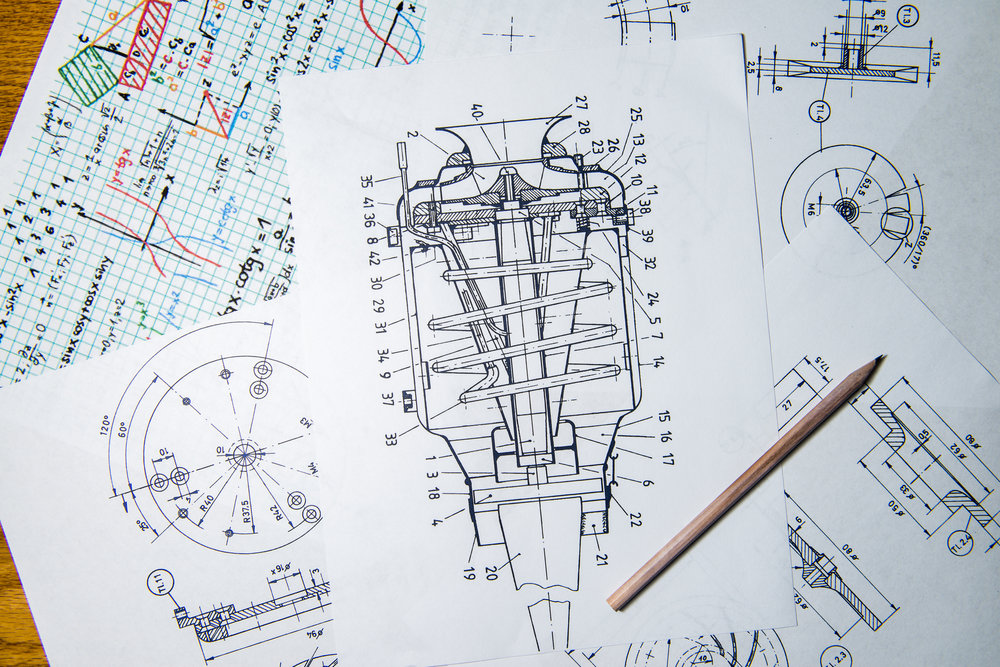
Since algebra was invented, one question has stumped students and baffled teachers like no other: Will we ever use this stuff in the real world?
Now a hundred of New Zealand’s best and brightest mathematicians are finally getting together to find an answer, or six, at the Mathematics in Industry conference June 29- to July 3.

Picture The Big Bang Theory on steroids: one hundred of our top number crunchers pitted against six real-world problems currently plaguing industrial companies in New Zealand.
There is no limit to the things this group is willing tackle, from milk powder processing, to clothes dryers, back to milk production, and over to retail theft.
Massey University mathematics professor Graeme Wake is organising the event after a long career solving problems for industry.
New Zealand’s universities are full of researchers who can help businesses, but they are all too often hidden away, Wake says.
“The idea with the conference is we provide industry with access to expertise they haven’t got.
“There is a lot of maths around that they could benefit from, and we are providing this.”
It is easy to see how businesses benefit from this arrangement, but Wake says there is also plenty in it for the researchers.
“We are motivated by the public good, and we owe it to the country to get involved.
“While there is something noble about the intellectual challenge, many companies will also be interested in research contracts down the track.”
With businesses “champing at the bit” to be involved, there are plans to make the conference an annual affair, Wake says.
“Companies realise they need more input from the outside.
“I’m certain this is going to work. It could easily run every year.”
One of the more unique challenges at the conference comes from Eyedentify, a start-up technology company helping retailers and police combat theft.
Eyedentify is trying to design an algorithm that allows retailers to predict, in real-time, which customers are most likely to steal.
Chief executive Phil Thomson says start-up businesses do not always have the expertise to answer complex questions, and it is exciting to find researchers willing and able to help out.
“It’s difficult, especially for a start-up, to know what is out there.
“We are hoping that by getting more involved in the maths and the data, we will get the building blocks of a really useful algorithm.”
We are motivated by the public good, and we owe it to the country to get involved. While there is something noble about the intellectual challenge, many companies will also be interested in research contracts down the track.
Eyedentify has been welcomed to the conference with open arms, Thomson says.
“We approached [Wake], explained what we were up to, and asked whether it would be interesting.
“He welcomed our challenge as something a bit more unique.”
The KiwiNet (Kiwi Innovation Network), which works to promote commercialisation, is sponsoring the event, after Wake approached it 18 months ago for help getting the concept up and running.
Further funding comes from companies paying $6000 each to get their problems worked on by the mathematicians.
KiwiNet general manager Bram Smith says Mathematics in Industry is an easy fit with KiwiNet’s goal to connect researchers with businesses.
“From our perspective it fitted really well – researchers and businesses coming together to drive innovation.
“I’m a big fan of anything that encourages people to work together.”
The most important thing about the conference is starting conversations and building relationships, Smith says.
“The challenge is that most companies don’t know how to use the maths.
“With a bit of work they can understand it, and then they can use it to solve their problems.”
The conference is being held at Massey University’s Albany campus in Auckland.
Each company will outline their challenge to the conference, which will then split into six problem-solving groups.
On the last day each group will present a solution, or outline a plan for solving the problem in the future.
The challenges
The conference involves a wide range of businesses, from start-up companies like Eyedentify, to established players like Fonterra and Fisher & Paykel.
Fonterra– Using magnets to remove impurities in a moving stream of milk powder.
Fisher & Paykel -Temperature estimation and control of clothes-dryer temperatures.
Eyedentify – Using big data sets for crime prevention.
Compac – Mechanical and optical systems for fruit sorting.
Transpower– Synchronising renewable resources of energy for the national grid.
Livestock Improvement Corporation– Getting greater value from data on cow herds.
When science meets business
A favourite saying of many university professors is “science is something you do because you love it, not because it pays well”. Here are three examples where collaboration between business and science shows the two aren’t always mutually exclusive.
Magritek is a New Zealand-born technology company that has now expanded to the United States and Europe. The late Sir Paul Callaghan helped found Magritek in 2004, off the back of 10 years of work by researchers at Victoria and Massey Universities.
Powerbyproxi is a wireless-charging company born from research at the University of Auckland. Powerbypproxi aims to provide unplugged, and unrestricted, power and data solutions.
Precision Seafood Harvesting is a collaboration between Plant & Food Research, Sanford Fisheries, Sealord, and Aotearoa Fisheries. The aim is to develop technology for catching fish alive and in good condition.
Idealog’s favourite maths joke:
100 mathematicians walk into a bar graph…




